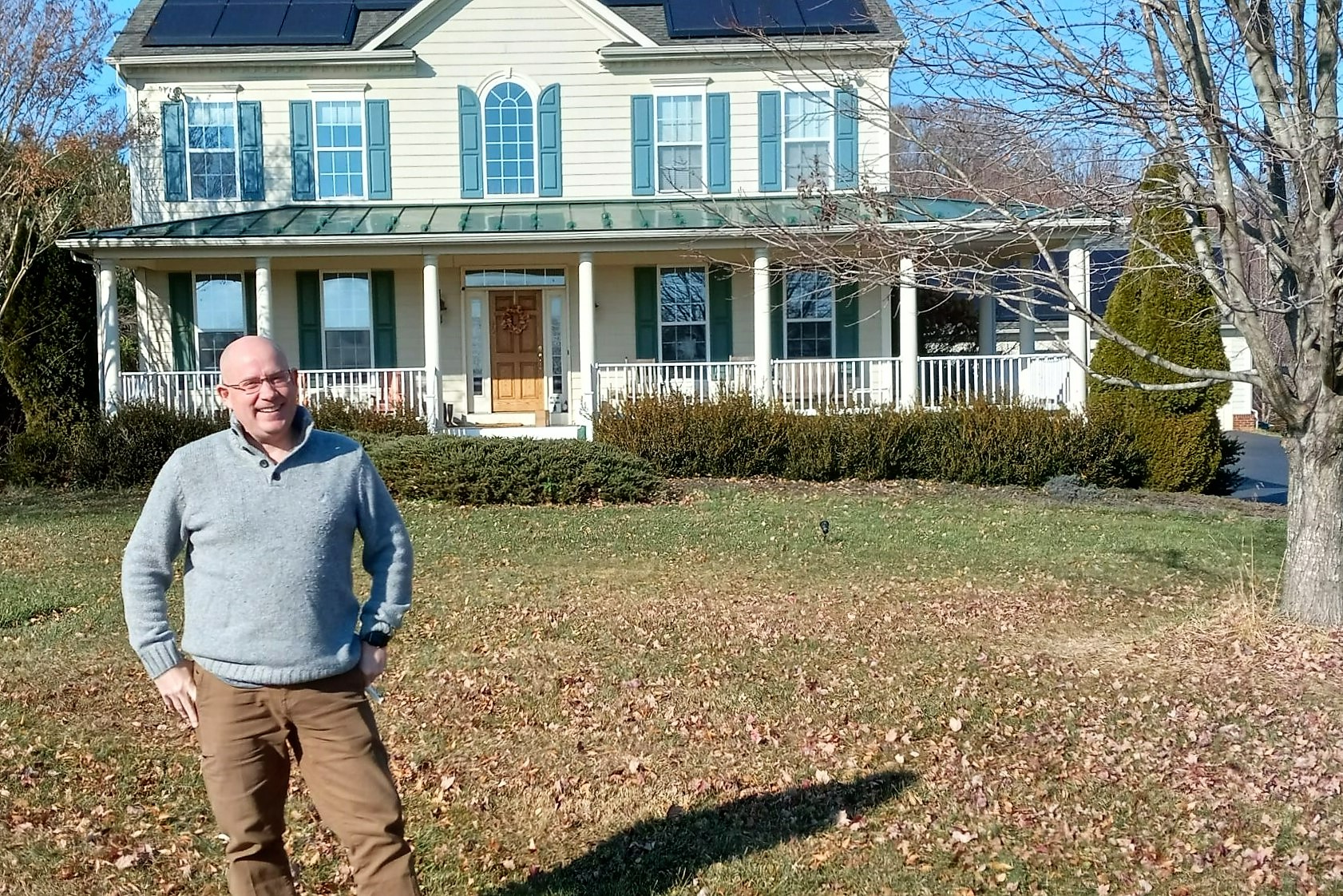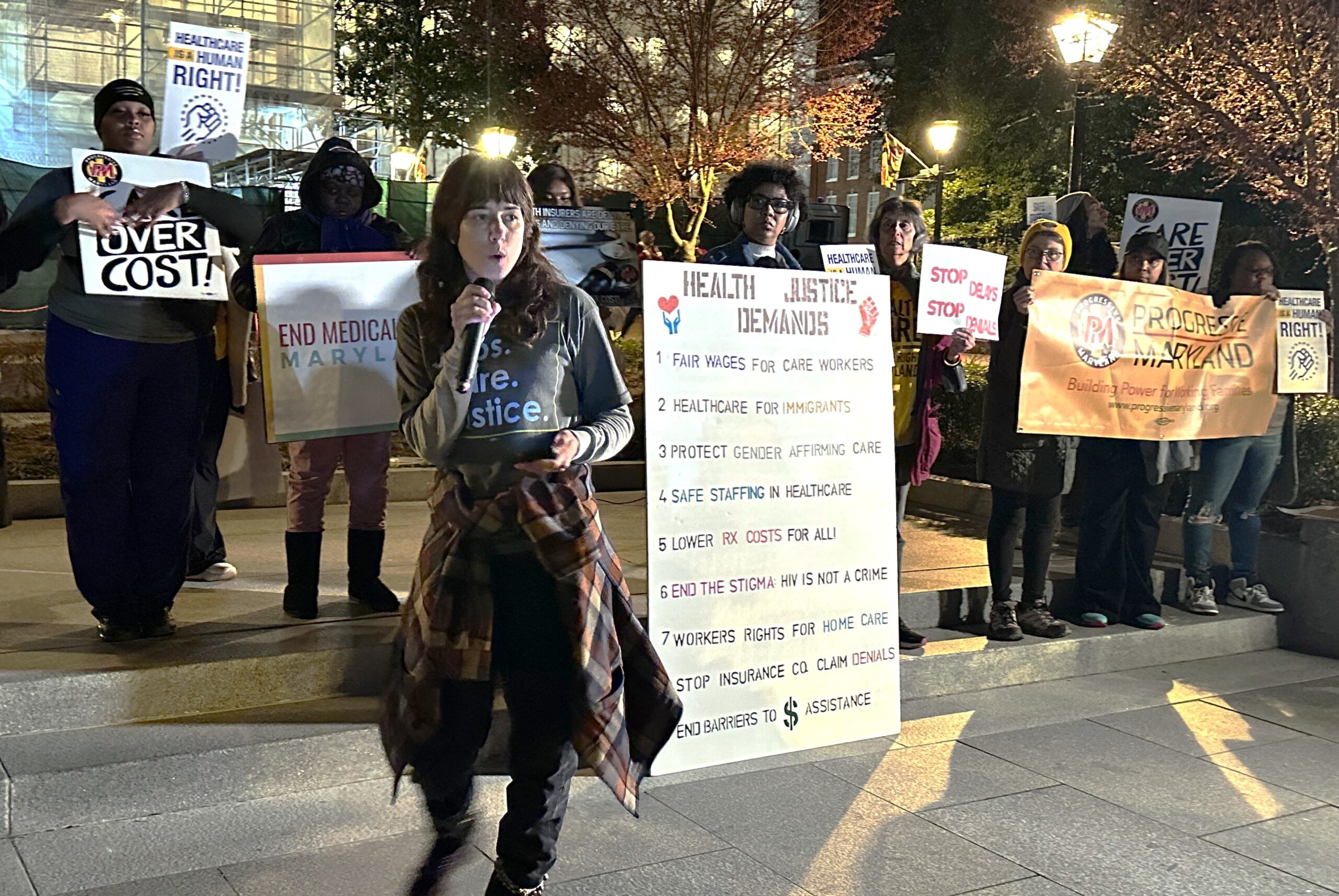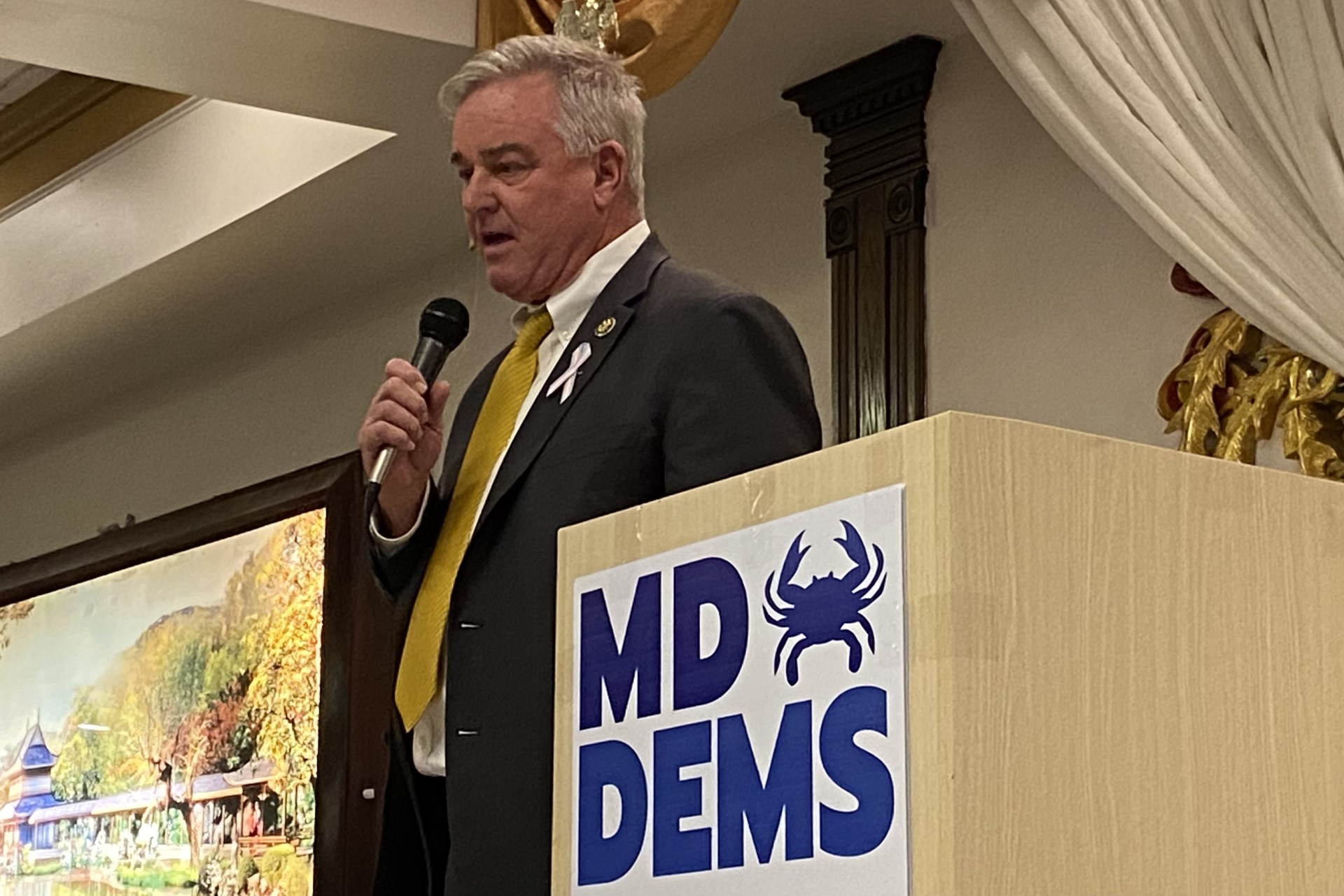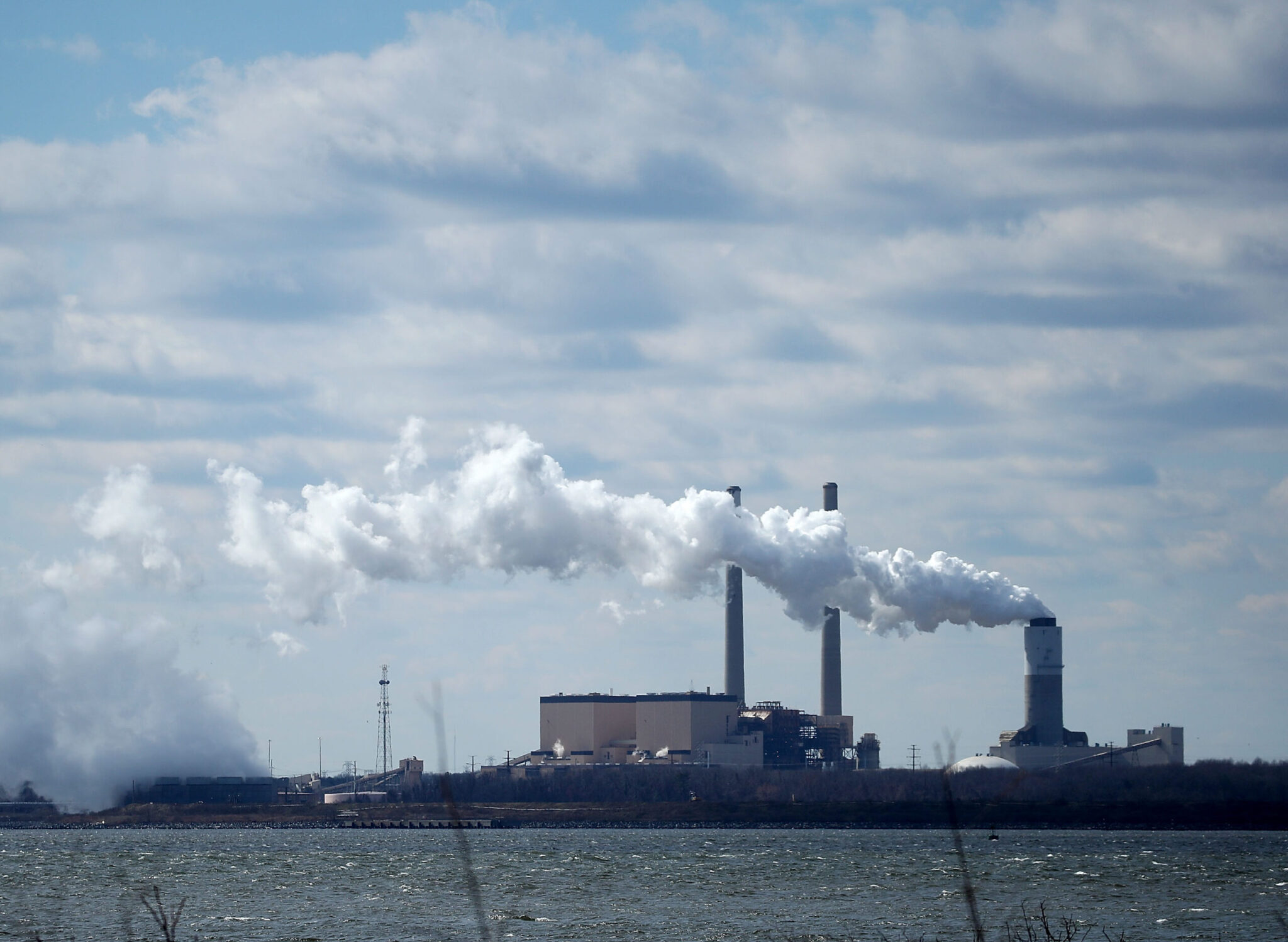State Lawmaker Lives (Almost) Completely Off the Grid

State Del. David Fraser-Hidalgo (D-Montgomery) was standing in his cramped attic the other day, showing a visitor the three types of insulation he had installed along with a radiant heat barrier, specialized ductwork and a tightly-wrapped, one-of-a-kind utility HVAC closet that he had designed and built.
“This is all-self-taught,” he said of his handiwork.
Fraser-Hidalgo may as well have been speaking another language, but it was easy enough to get the gist: It’s all about making the attic, and the air that flows from the attic and into the house, cooler in the summer and warmer in the winter. In the summer, the radiant heat barrier can reduce the heat transfer into the attic by about 35 degrees.
Throughout the expanse of his 4,970-square-foot home, on a bucolic hillside in Boyds, the conversation was the same. Fraser-Hidalgo pointed out solar panels, battery storage units, a whole house fan, LED lighting, energy-efficient heat pumps, and more. A Tesla was charging outside a garage that also has solar panels on the roof.
Fraser-Hidalgo, who has represented District 15 in Annapolis since 2013 and is one of the most ardent environmentalists in the General Assembly, is trying to put his money where his mouth is. By his own account, he and his family are living somewhere between 93% and 95% off the grid — and that includes their transportation costs.
“The electron I don’t use is the best electron,” he said.
Most months, the family’s electric bill from Potomac Edison is about $6. Even in the height of summer, they use their central air conditioning no more than 20% of the time.
Just how Fraser-Hidalgo, 52, achieved all this is a story — one that informs his legislative work. He mixed grand ambitions with long-term planning and good old-fashioned tinkering, waiting for certain technologies to become available — and for when he could afford them.
“I just got obsessed with trying to kill every electron I could,” he said.
Fraser-Hidalgo and his family moved into their brand new, predesigned home in 2007. They could not afford a custom design, but the house started off being equipped with extra wall insulation. Soon after, he began researching how houses in southern states were being cooled efficiently. The first thing he did was plant 65 trees around the property.
“The house had no shade,” he recalled. “In the summer, it was getting blasted” by the sun.
From there, it was a gradual process of change and improvement, literally from top to bottom. Some of the highlights:
- The rooftop solar panels, which were installed in 2019, generate close to 100% of the family’s electric needs, including the electric vehicle charging station.
- Super energy efficient heat pumps were installed, meaning fossil fuels are no longer required to circulate heat throughout the home.
- There’s a home battery backup in the basement, which eliminates the need for a backup generator when power goes out. In the future, it can also be used to balance the grid during peak usage. Fraser-Hidalgo calls battery storage “the holy grail of energy transmission.”
- A whole house fan, installed between the attic and the living space, circulates air and provides attic ventilation and cooling for the entire house.
- One heating duct and vent send heat from the laundry dryer into a second floor hallway during the cooler months, rather than forcing it outside.
- A newly installed water-heating pump in the basement uses 75% less electricity than conventional household water heaters. The water in a conventional heater’s holding tank loses about 5 degrees over a 24-hour period, Fraser-Hidalgo said, but in the new heat pump, the well water remains consistent at 45 to 50 degrees. “The electric [heater] is a pig,” he said. “It really uses up a lot of electricity.”
- All incandescent light bulbs were changed to LED, decreasing electric bills.
“It’s kind of a microgrid strategy,” Fraser-Hidalgo said.
He conceded that while the cost of the home improvements wasn’t cheap, he expects they will pay for themselves in eight or nine years, thanks to the energy savings and lower utility bills. Apps on his phone tell him at any given moment how much power his home is generating — and how much energy it’s saving.
And it’s not like he’s completely off the grid. He uses a gas stove, which is fueled by propane (when it dies, he’ll replace it with an electric stove). He has a gasoline-powered van that he uses only when he has to transport a group of adolescents to one event or another (he has a 14-year-old daughter and a 12-year-old son). But he uses it so rarely he only fills the tank twice a year.
Fraser-Hidalgo knows his home improvements aren’t for everybody. But he believes every Marylander can play a part in reducing carbon emissions. His legislative agenda reflects that credo.
For the upcoming General Assembly session, he is reintroducing the Climate Crisis and Environmental Justice Act, a bill that would establish a fee on carbon pollution and use the funds to establish a permanent Climate Crisis Infrastructure Fund within state government. He is also reintroducing a bill to convert the state’s vehicle fleet to electric vehicles by fiscal year 2033 and is advancing a bill that would require owners of cars built before 1996, who are currently exempt from vehicle emissions inspections, to pay a higher registration fee.
“That’s going to be a controversial bill in an election year,” Fraser-Hidalgo conceded. “Not the smartest thing in the world to do. But you’re just polluting the atmosphere for free.”
Fraser-Hidalgo likes to evangelize about his (almost) carbon-free lifestyle. But he realizes it will take years, if not generations, for that mindset to take hold. But people who are even remotely interested can start with simple improvements and build from there, he said.
“I just did everything I could.”





 Creative Commons Attribution
Creative Commons Attribution